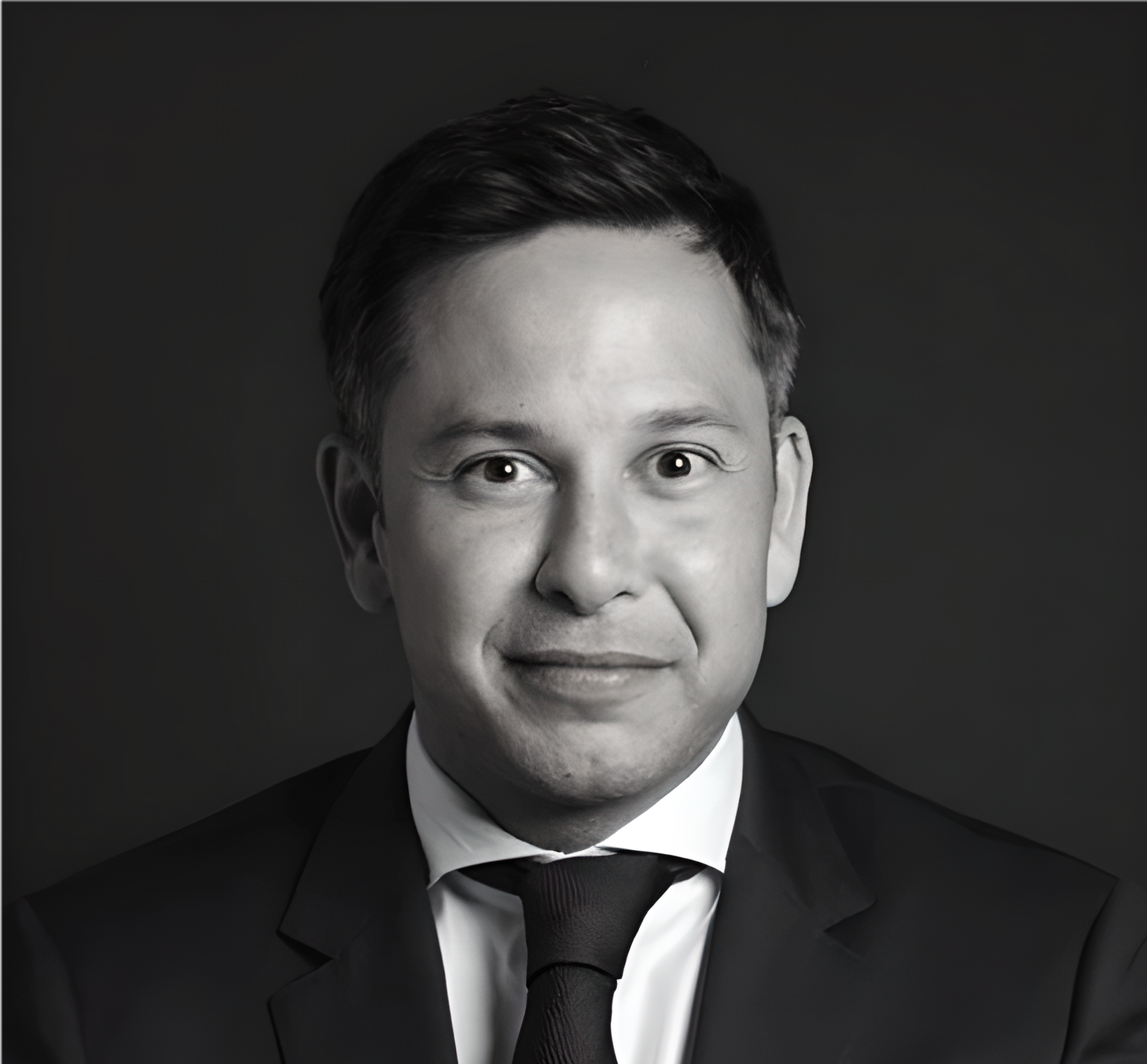José Carlos González, Founder & CEO of FlexFunds, explains in an interview with Funds Society how FlexPortfolio, an ETP that offers access to the performance of an underlying portfolio managed by an investment advisor, works and what its advantages are over actively managed certificates (AMCs). González, co-founder and former head of Global X, a New York-based ETF provider, also outlines the client profile of this asset class and discusses which ones he considers most attractive in the current market environment.
What is the FlexPortfolio?
The FlexPortfolio is an ETP that offers access to the performance of an underlying portfolio managed by an investment advisor or portfolio manager, where the assets are liquid or listed. To make an analogy, the FlexPortfolio is similar to an ETF in the United States or an investment fund in Europe.
How do you coordinate creating and administering individualized ETPs while keeping management costs contained?
The process of setting up an ETP is a complex one, involving several service providers with different roles, but FlexFunds makes it simple for its clients. Each firm is involved in a specific area of ETP or FlexPortfolio creation and administration, and FlexFunds coordinates all of these service providers. Some of the most prominent are BNYM as issuing and paying agent, APEX, Intertrust as a trustee, and Interactive Brokers as one of the main custodians. We work with world-class service providers.
One of FlexFunds‘ main achievements over the years has been to “industrialize” this ETP issuance process to keep costs competitive for our clients through investments in state-of-the-art technology platforms and a great team of people. This makes the process efficient: we can issue a FlexPortfolio in half the time and at less than half the cost of any alternative investment vehicle.
What are the advantages of the FlexPortfolio over actively managed certificates (AMCs)?
The FlexPortfolio has aspects in common with actively managed certificates (AMCs). For example, both are funds that allow third-party management. One of the main differences is that AMCs are usually structured and issued by banks, mainly Swiss or European. In contrast, in the case of FlexFunds, the issuer is an Irish SPV (Special Purpose Vehicle), so the credit risk is more easily avoidable. This is especially relevant at certain times, such as the current one, with the recent episode with Credit Suisse.
Could you explain what your greater flexibility and the absence of restrictions on the rebalancing of the underlying account vs. AMCs consist of?
The flexibility of FlexFunds solutions is superior to that offered by an AMC. Let’s take as an example the FlexPortfolio with custody at Interactive Brokers. The portfolio manager has direct access to the trading account of this custodian. They control subscriptions and redemptions of the assets they deem appropriate, according to the investment strategy specified in the prospectus. The variety of products that can be securitized and operated is huge: stocks, bonds of many markets, indexes, futures, options, etc…
Regarding trading hours, our products can be traded practically 24 hours a day without being subject to European trading desk hours.
What does it mean that the FlexPortfolio is “Euroclearable”?
This is one of the fundamental features of the product, and it is also crucial. The fact that our solutions are “Euroclearable” means that financial intermediaries and broker-dealers can buy and sell the product on behalf of their clients. This is essential for investment advisors and clients who want consolidated statements of their positions.
Can I trade the portfolio 24 hours a day?
Yes, as long as the underlying market is open. The investment advisor is free to decide what to buy and what to sell.
Does the presence of leverage in the strategies increase risk?
Many of the strategies that our clients choose when launching ETPs are composed of long/short. In other words, the portfolio manager can be “long” in equities and take short positions. The purpose of many long/short strategies is to reduce volatility.
Our solutions allow our clients access to portfolio margin, providing leverage if the client desires.
For what type of client does FlexFunds recommend this type of product?
Our solutions and ETPs benefit investment advisors with a captive client base who want to repackage their own investment strategy for distribution. One of the advantages offered by the product is that it allows cost reduction through centralized account management and administration instead of separate accounts for each client.
It is also useful when the advisor wants to access private banking and broker-dealers. Our clients can do this through Euroclear and Clearstream.
Is there a particular underlying asset type (or types) that, in the current environment of volatility and uncertainty, is attractive for securitization? Why?
At FlexFunds, we have always had a lot of demand for structuring ETPs from real estate managers. Nowadays, real estate can be interesting because of its inflation hedging capacity, and by definition, it is a product with less volatility than equity markets. At FlexFunds, we are experiencing a lot of demand for repackaging real estate funds, REITs, etc…
José Carlos González’s LinkedIn profile.



 By Emilio Veiga Gil
By Emilio Veiga Gil